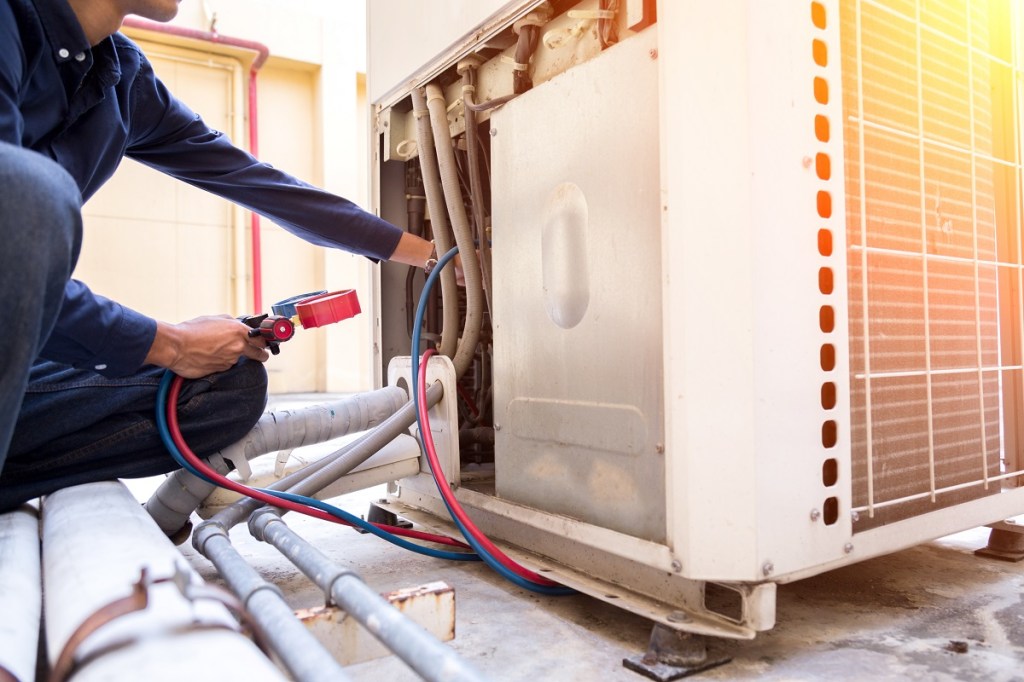Ten years ago, many thought rising energy costs and more stringent energy efficiency regulations would spell doom for all-electric heating systems while sparking the market for natural gas and geothermal heating systems. But that hasn’t happened.
Why? First, modest energy prices have prevailed, and heating loads for homes has declined due to improved efficiency of the building envelope. Second, single-family homes are getting smaller, and they’re more likely to be one level rather than two or more. Third, there’s been a surge in “exurb” development, neighborhoods in outlying large metropolitan areas, away from the city and often without access to piped gas.
Home Innovation conducts an Annual Builder Practices Survey, which results in product category reports, including “HVAC Systems in New Homes.” Assessing a discrete market like this year over year reveals interesting shifts. Gas furnaces show a modest decline over the past four years, and heat pumps seem to be growing slightly along with electric-resistance and other alternatives.
Electric resistance heating is historically down over the past few decades. However, data shows its market share heating up slightly in the past few years to about 6% of new single-family detached homes using it as the primary heating source. With building envelope improvements in housing, heating loads are declining, keeping electric resistance a cost-effective option for some areas of the U.S.
A new industry “norm” is affecting HVAC selection in ways we haven’t seen before. Home affordability is on the decline, owing largely to the increased cost of building a new home. As the construction labor shortage worsens, builders report continuing increases in costs for subcontracted labor and materials. This results in more installation of systems with lower initial costs, such as traditional split-system heat pumps and electric resistance heating. By installing all-electric heat pumps, for example, builders avoid the gas hook-up fee, save on the cost for running a gas line from the curb to the house, and eliminate the need to include gas lines and account for exhausting combustion gases in the home. This is especially compelling as efficiencies of heat pumps continue to rise, making them a viable choice for cooler climates.
Among heat pumps installed, data reveals that electric backup systems are on a growth pattern while gas backup systems are trending flat. Ductless heat pumps, long popular in HVAC retrofits, are just now starting to capture share in new homes. And geothermal systems, while quiet and efficient, have lost share in the past few years—likely due to higher initial cost.
With air conditioning, single AC unit systems are regaining popularity over using two or more AC units in a new home. There are a few key reasons for this: 1) the increased popularity of mini-splits with multi-zones; 2) the decline in the share of two-story new homes; and 3) a decline in the average size of new homes combined with reduced cooling loads due to a more efficient thermal envelope, making dual AC units too large to efficiently cool the home.
Builders report an increase in more energy-efficient systems as well—not just from increasing energy efficiency regulations for HVAC equipment, but also due to above-code, ultra-high efficiency AC systems. For example, 22% of homes built in 2018 had 17 SEER systems compared with 12% five years earlier.
For more about the building product categories tracked via our survey, contact Ed Hudson, director of market research.



